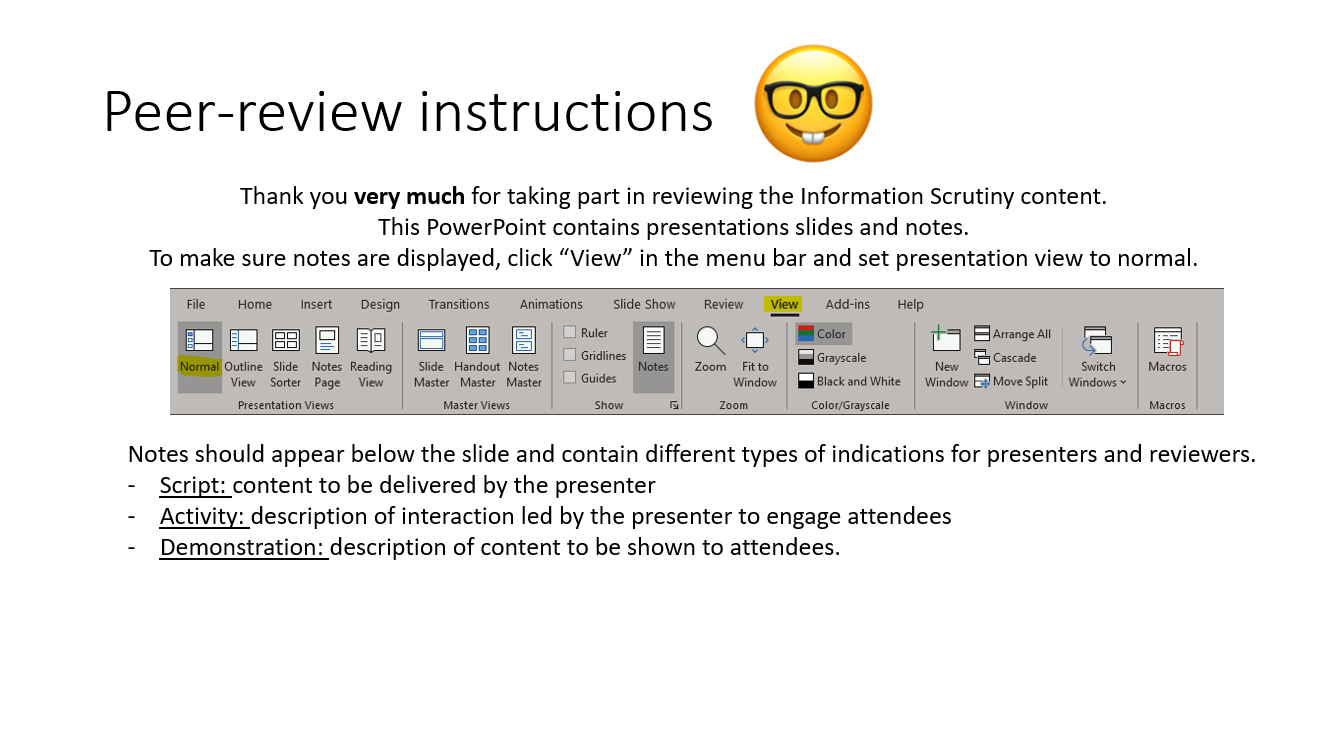Information Literacy through an Equality, Diversity, and Inclusion lens: Information Scrutiny for Parliamentary Research (Information Scrutiny part 4), by Anne-Lise Harding
Anne-Lise is a chartered librarian and currently holds the position of Senior Liaison Librarian at the House of Commons. With previous experience in library management in the education sector, Anne-Lise has diverse experience in systems, collection management, customer service and many more but is passionate above all about information literacy. As part of her role in the committee, Anne-Lise attends meetings of the Government Information Group to ensure a consistent liaison between both groups. When she is not busy training or working with others to better services, Anne-Lise loves to play video games, DIY and travelling. There is nothing Anne-Lise enjoys more than plotting with fellow librarians over a cup of good coffee!
In this guest blog post, Anne-Lise Harding
shares some of the practitioner research she has carried out during her first
year working in the House of Commons library with Select Committees, and the
specificities of their Information Literacy needs.
This blog post was originally published on the Information Literacy Group blog in October 2021.
In my first couple of
posts in the Information Scrutiny series (part
1, part
2,
and part
3), I discussed grappling with Information
Literacy needs of highly skilled researchers and the specificities involved in
working for Select Committees.
At the end of my last
blog post, I highlighted the modules to be developed for the Information
Scrutiny programme and set out the intention for this post: to talk about
co-creation. Co-creation is a process I found immensely valuable when I worked
in Further and Higher Education and I wanted to explore how I could replicate
the same process in the workplace, with a completely different audience.
My colleague Phil
Abraham (you
can find him on Twitter here) and I tasked
ourselves with developing one module per month. This included writing a lesson
plan, researching content, and peer-reviewing each other’s work. This was an
ambitious timeframe and most of the time we stuck to it rigorously.
From the start, I intended
to anchor the information literacy knowledge from the modules with clear
examples of how some issues or solutions looked like in day-to-day work
practices.
As Senior Liaison
Librarian, I have developed strong links with Select Committee colleagues. This
was not easy during the pandemic and I took a more formal than information
approach to liaison but through delivering training, solving queries and
attending meetings, I had some contacts I knew would be keen to support a
peer-review process. I also advertised through one of our regular e-bulletins
and soon a team of 10 peer-reviewers had offered to help us (including
Diversity champions). All peer-reviewers had a 15-minute meeting with me to
discuss what would be involved and their availability. The short meeting time
ensured that it would not have an impact on their workload significantly whilst
meeting with me ensured buy-in and a more personal approach to the whole task.
We wanted to make the peer-review process as easy and straightforward as possible:
- Peer-reviewers had a month to submit feedback. They would receive a shared link to the PowerPoint with slides, slide notes and instructions by email and then 3 weeks later, a gentle reminder
- We invited two types of responses about the content.
- Firstly, general comments such as answers to “does the knowledge flow well?” or “Is this advice practical for your job role? Why”. We asked peer-reviewers to send answers to those by email.
- Secondly, using the “comment” function in PowerPoint we left specific comments on slides, usually when we needed specific feedback, or we needed a concrete example of how peer-reviewers had experienced a phenomenon before. We asked the peer-reviewers to answer comments in the PowerPoint.
- All instructions for the peer-review were included in the PowerPoint. There were 3 slides. The first two showed how to display the comments pane and how to read the slide notes. We made a concerted effort to make the peer-review process easy for all users and this included not taking for granted their level of digital literacy. The last slide contained general questions about the content.
This format
was very well received with peer-reviewers commenting on how easy the process
had been. All stuck to their one-month deadline
All the received
feedback was imported into a shared document and colour-coded by peer-reviewers
to analyse the response. We collated similar comments, highlighted divergences
and ultimately produced a list of changes to be made to the content in response
to the feedback.
This approach allowed
Philip and me to test our content, ensure its relevancy and its impact. Another
unintended consequence of the peer-review process has been the peer-to-peer
advertising of the content.
In my next instalment,
I will discuss delivering the first module of the Information Scrutiny
Programme and early reactions to the content.





Comments
Post a Comment